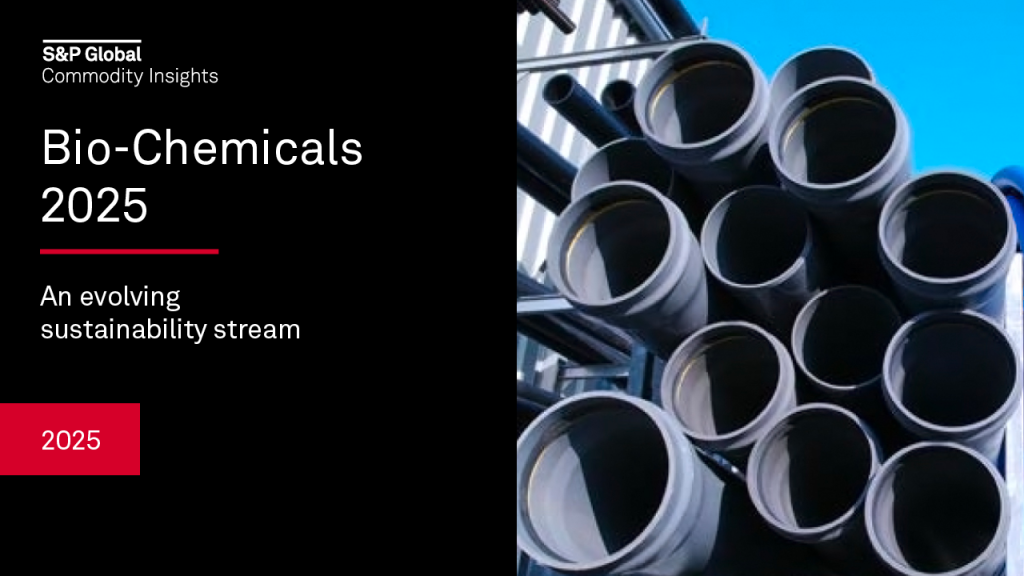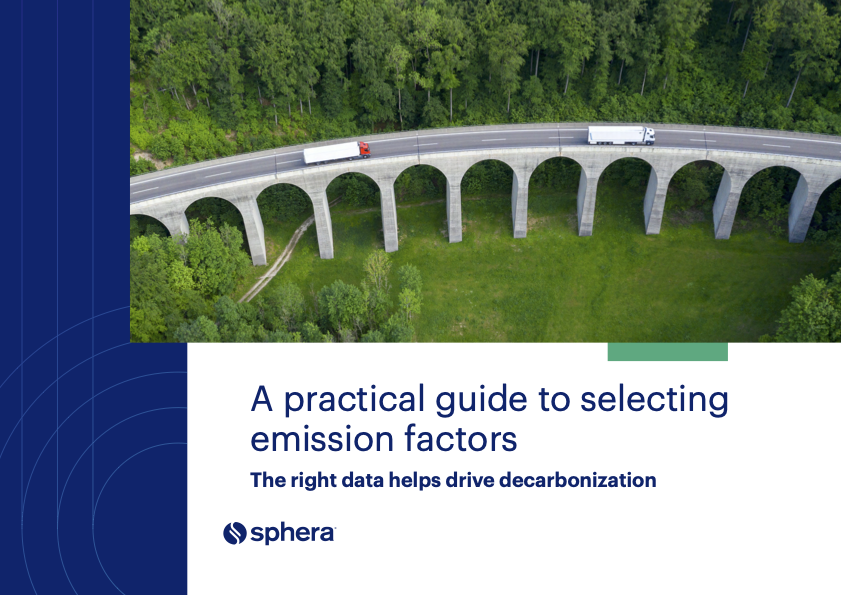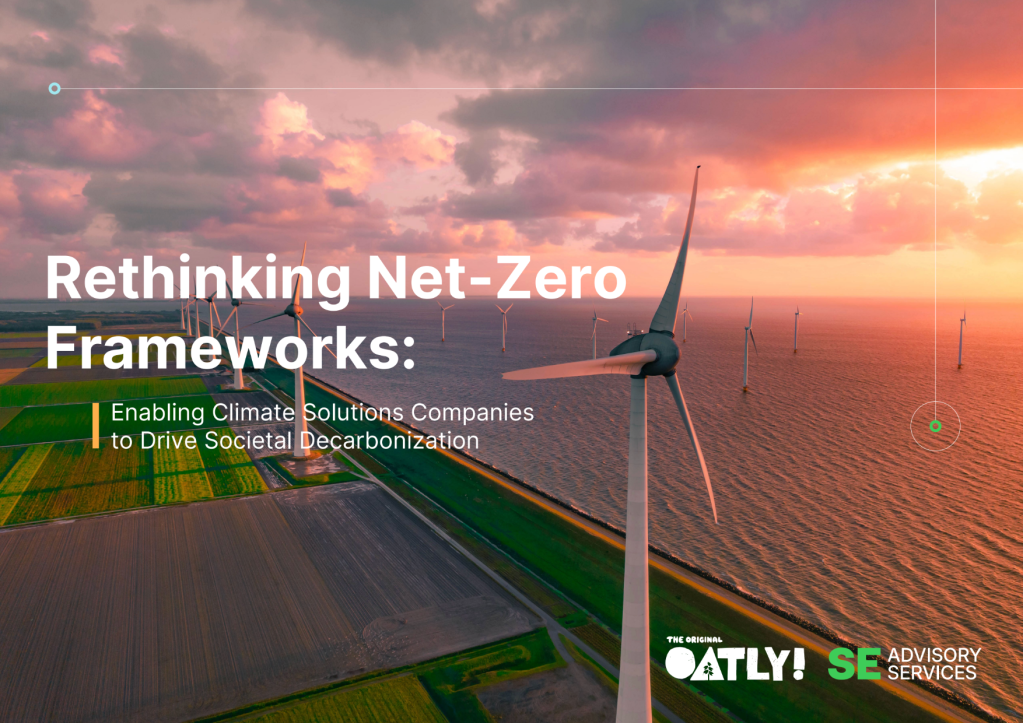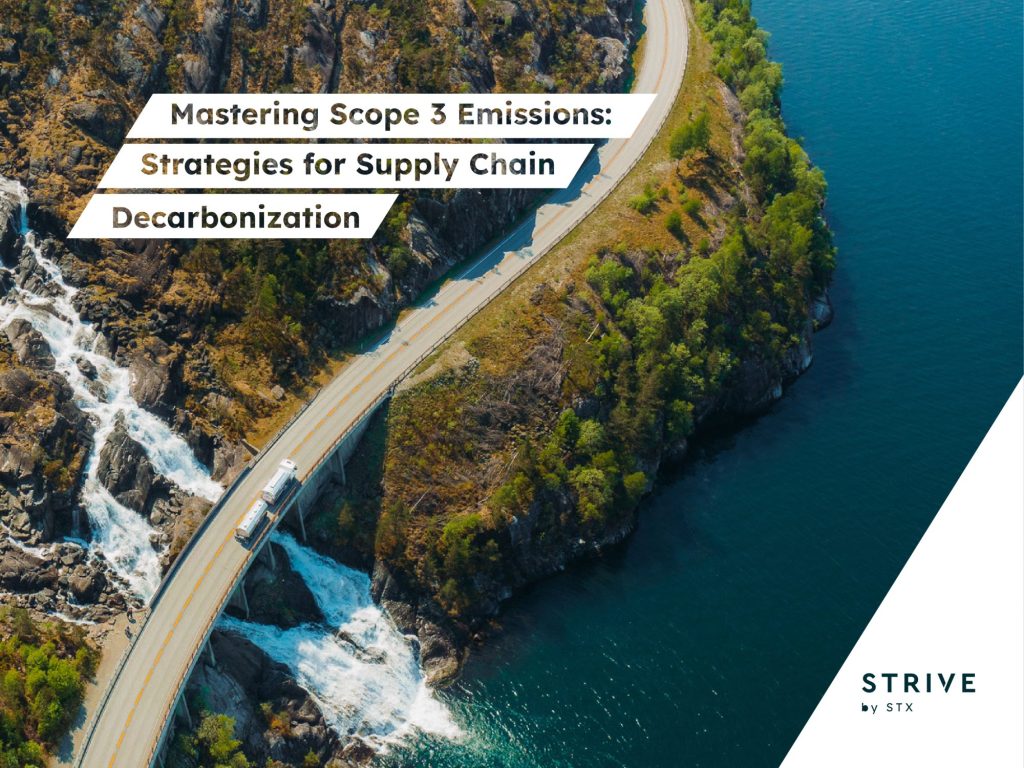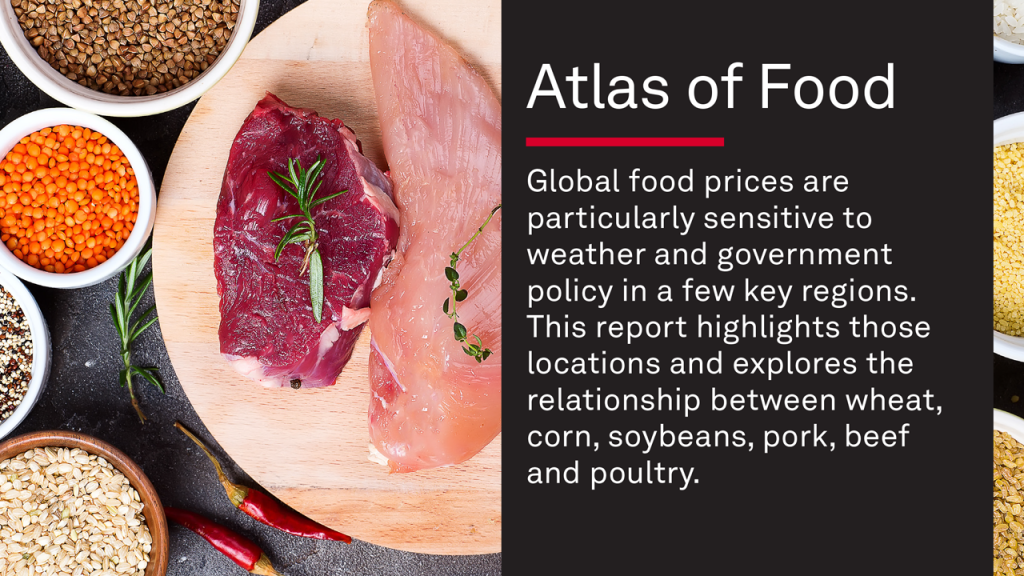An inside look at how SBTi’s updated net-zero standard draft came together
SBTi's CEO breaks down the process and what businesses can do next. Read More

- SBTi’s updates include more transparent purpose and scope, and a stronger validation system.
- The draft was based on feedback from more than 850 stakeholders and the latest climate science.
- Businesses have the opportunity to weigh in on the updated standard through Dec. 12.
The opinions expressed here by Trellis expert contributors are their own, not those of Trellis.
At the beginning of November, the Science Based Targets initiative (SBTi) opened our second public consultation for the revision of our Corporate Net-Zero Standard. Designed as roadmap for businesses to navigate a carbon-constrained future, the updated draft proposes a range of new, innovative mechanisms that will not only unlock decarbonization potential across a range of businesses already engaged with the SBTi, but will also make corporate climate action more accessible and actionable to those that are just getting started.
3 overarching themes
The standard puts renewed emphasis on the next five years as a pivotal period to accelerate decarbonization and enable a global net-zero transition by 2050. Creating a standard that stands at the intersection of scientific rigor and actionability is no small feat, but with our expert technical department and perspective from hundreds of businesses and experts, we decided to focus our work around three overarching themes:
- Reinforcing ambition through accountability, transparency and planning requirements
- Enhancing clarity on purpose and scope to align with the latest science, best practice and frameworks
- Strengthening the validation system
So we created specific technical updates in five key areas to support those themes:
- An end-to-end cycle that incentivizes ambition and recognizes progress achieved at the end of the target cycle as well as optional spot checks.
- Diversified Scope 1 target-setting methods, offering more granular pathways, to enable companies to use a more precise range of metrics and benchmarks.
- Tightened the integrity for low-carbon electricity purchasing.
- A focused and flexible approach to value chain emissions that introduces three options for setting targets — emissions intensity, activity alignment and counterparty alignment.
- Progressive responsibility, starting with a first phase of voluntary recognition until 2035, with a pragmatic approach to the types of credits subject to these having high integrity.
Developing these mechanisms drew on a huge amount of input and assessment of the sustainability ecosystem. We recognized the work of existing disclosure platforms and the Greenhouse Gas Protocol and analyzed, acknowledged and responded to the more than 850 business submissions to our first public consultation. We factored in the latest climate science through extensive research and listened to the perspectives of a diverse range of experts that contribute to our expert working groups.
Next steps for businesses
Already our science-based targets are proving to be a boon for companies. Nine in 10 companies surveyed said science-based targets deliver positive business impact and had positively impacted their climate ambition. Nearly all (95 percent) companies reported enhanced reputation with stakeholders, while 80 percent of businesses reported strengthened investor relations and greater strategic cohesion. Ninety-two percent reported neutral or positive impacts on long-term financial performance.
In addition to these reports, our own engagement with companies has found that businesses with target experience boost performance across four key measures of competitive advantage: strategic cohesion, stakeholder confidence, financial performance and climate impact.
So what can you do now? We’re now half way through our consultation period, but it’s still open until December 12, 2025. Feedback from these processes will help ensure the final standard is practical, credible and robust, helping businesses worldwide accelerate the net-zero transition.
While reaching net-zero was never going to be straightforward, with this updated draft, we’ve recognized the guidance to get businesses there should be. By contributing to our public consultation, you’ll be leading your field by helping turn ambition into action and action into impact for companies all over the world.

Subscribe to Trellis Briefing
Featured Reports


